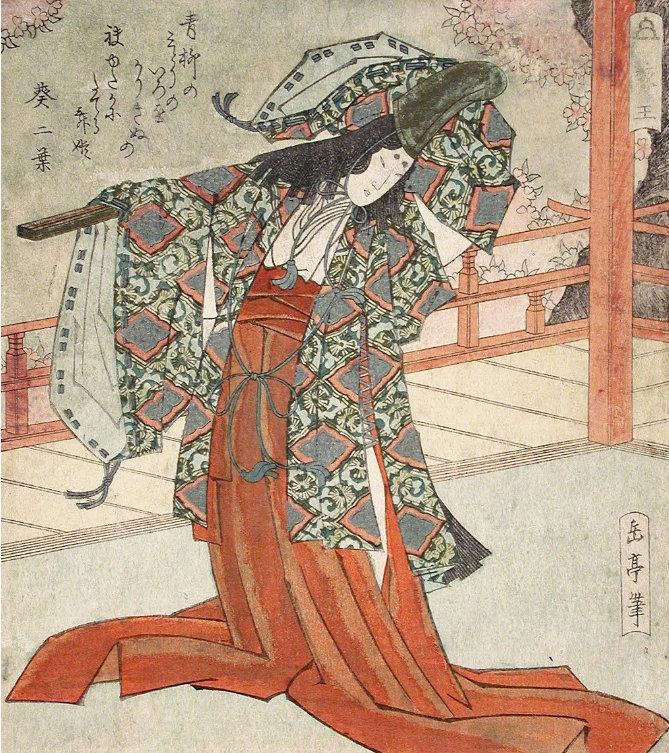Yashima Gakutei


Yashima Gakutei (八島岳亭; 1786 – 1868) was a Japanese artist and poet who was a pupil of both Totoya Hokkei and Hokusai. Gakutei is best known for his kyōka poetry and surimono works.
Gakutei was born in Osaka around 1786, though his exact year of birth is somewhat unclear. He was the illegitimate son of the samurai known as Hirata who served under the Tokugawa shogunate.
He was born as a belly of Mr. Eddie by the Edo people, but the living mother is told that she was adopted by Mr. Yashima after married to Mr. Yashima with a young Harunobu to avoid her jealousy. They lived in Aoyama Mogaoka, Namura Town, Ningyocho, Nihonbashi Sakamoto Town and so on. I liked painting from childhood, and at the beginning I learned from Tsutsumiyu Sakae but later became a master of the fish shop Kitasato, and it is said that he studied Katsushika Hokusai directly. I am also studying ragtime with Bamboo Windmura, Masami Ishikawa.
Gakutei’s mother later married into the Yashima clan, explaining the artist’s name. For some time, he worked in Osaka, focusing chiefly on woodblock prints called surimono in addition to book illustrations. Most of what is known about Gakutei has been surmised from the subjects and context of his work.
Gakutei is noted for the quality in his wood printing works and for his general contributions to the body of ukiyo-e artwork. Specifically, critics have noted his technical prowess and precision, his skill in embossing, and that his specialization in surimono exceeded that of his teacher, Hokkei. Some of his work included a set of five woodblock prints featuring young women performing gagaku, a traditional kind of court music from the Heian period. Each woman plays an instrument: a reed called a shō, a woodwind called a ryūteki, a koto, a stringed instrument called a biwa, and a drum called a tsuri-daiko. Gakutei also illustrated an entire book called the Kyōka Suikoden (狂歌水滸伝) related to the translated Chinese novel Suikoden. Gakutei also created landscapes and seascapes for books, which are rare pieces amongst Hokusai’s pupils.
Gakutei is also known for his prolific writing; he wrote many humorous poems called kyōka and used them in his artwork and prints. Additionally, he was responsible for a Japanese translation of Journey to the West, for which he also completed illustrations.
Although he was superior in Dan’s technique early on, he was ill for a long time both by his adopted parents and he could not make a poverty and ambition, and it was said that he was able to do business with a picture for the first time after his parents’ death. The artistic period was from culture to the Meiji Period, and I wrote many books on rhythmic slide racism and rakugo picture books and jibu and readers. He is staying in Kyoto and Osaka several times from the government to Tenpo.
the work:
“Asoi of the Four Seasons” ※ Commuter Temple Other
“Rhapsody syllabary” four volumes Rakugo picture book * Publication 13 years (1830) Publication
“Half-moon night talk” reading book * Publication of civil government for 14 years
“Picture book Saiyuki” Four 40 book readings * Tenpo six years (1835) complete. It is a Japanese translation of “Journey to the West”, Haruhin is responsible for the translation of the three verses and the four versions in the name of “Mountain Hill Mountain”.
“Shunjie Kinshu Water Margin” Reader * Author of Harunobu
“Nanhua Lotus Tempozan Katsura List” Nishikie ※ Published 5 years Tenpo
“Female Sannomiya Figure” Silk coloring Colored works of Kumamoto Prefectural Museum of Art
“Flower view standing figure” colored silk color Collection of the British Museum